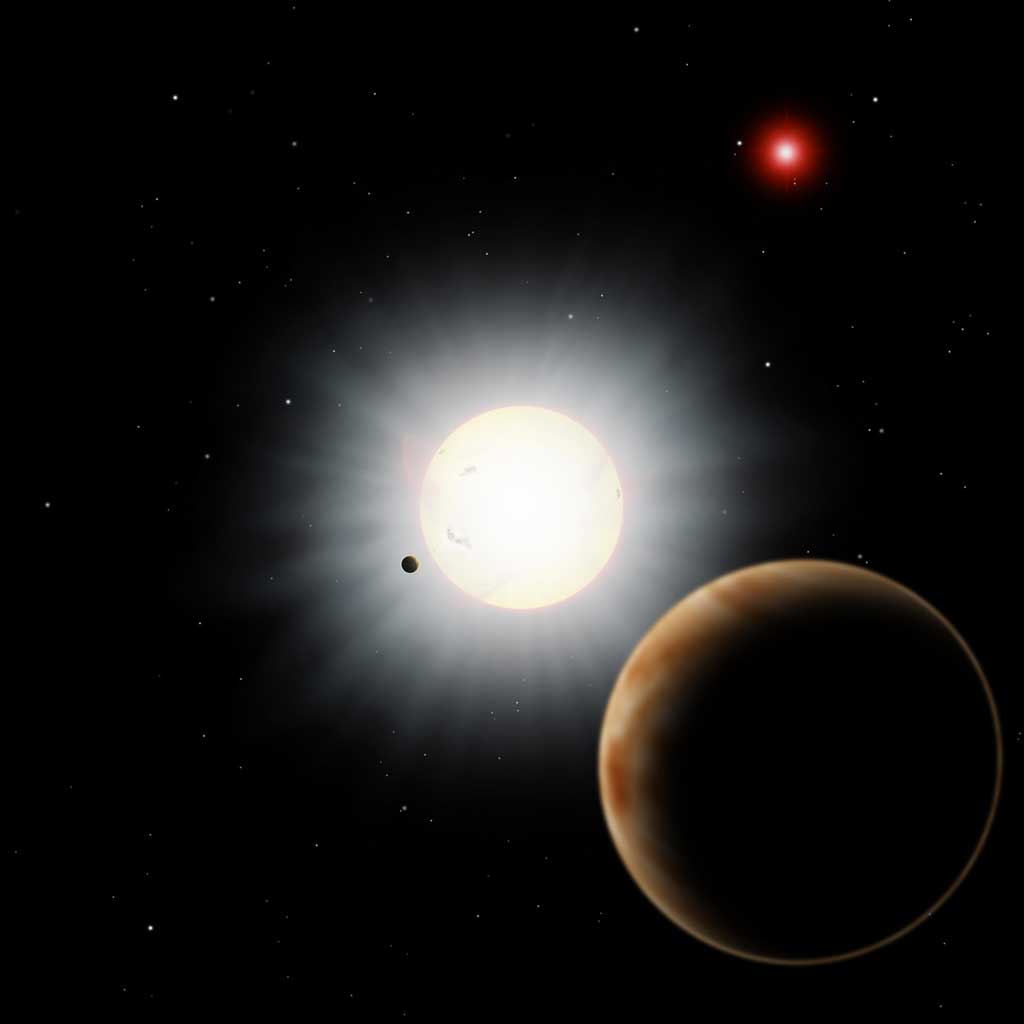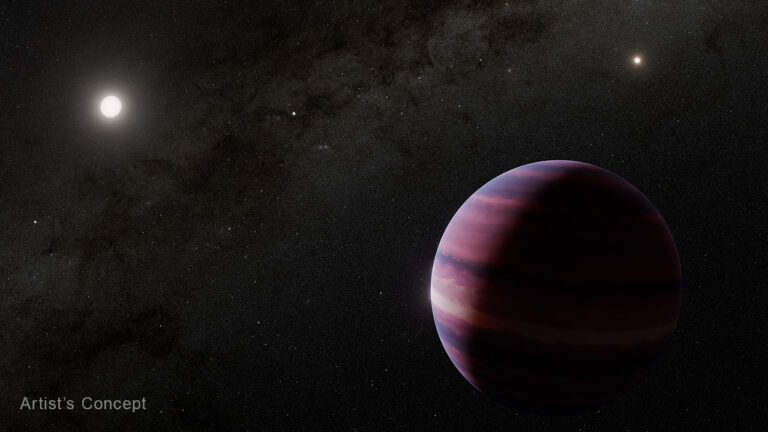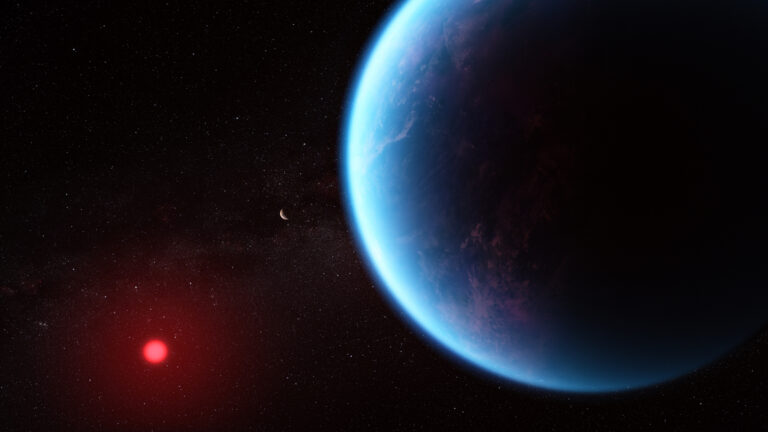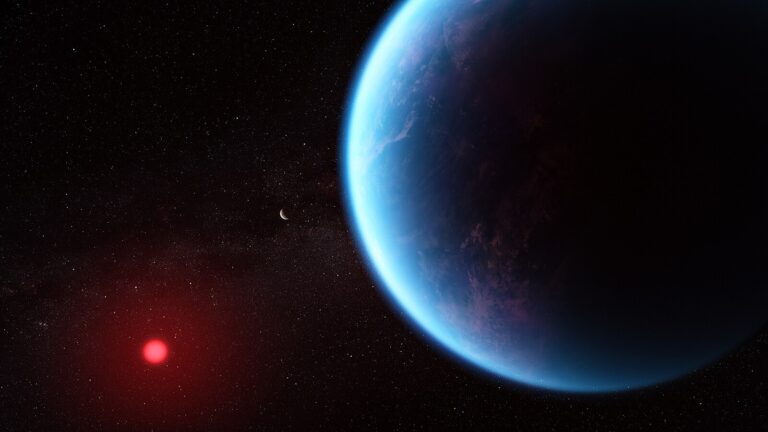Key Takeaways:
A Japanese collaboration led by Norio Narita from the National Astronomical Observatory of Japan used the Subaru Telescope in 2008 to discover the first evidence of a retrograde orbit of an extrasolar planet HAT-P-7b. Although retrograde planets, which have orbits that run counter to the spin of their central stars, are absent in our solar system, they occur in other planetary systems in the universe. However, scientists did not know how such retrograde planets formed.
Since his team’s initial discovery of the retrograde planet HAT-P-7b, Narita has pursued his quest to explain its origin. As participants in the Strategic Exploration of Exoplanets and Disks with the Subaru (SEEDS) Telescope Project, he and his colleagues, Yasuhiro Takahashi, Masayuki Kuzuhara, and Teruyuki Hirano, all from the University of Tokyo, took high-contrast images of the HAT-P-7 system with the High Contrast Instrument for the Subaru Next Generation Adaptive Optics (HiCIAO) to develop a more complete picture of it.
The team first discovered two companion candidates around the HAT-P-7 system in 2009 and measured their proper motion over a three-year period until 2012. They confirmed that one of the two candidates is a common proper motion stellar companion to HAT-P-7, named HAT-P-7B.
The team also confirmed a long-term radial velocity trend for HAT-P-7. This indicated the existence of another giant planet HAT-P-7c orbiting between the orbits of HAT-P-7b, the retrograde planet, and HAT-P-7B, the stellar companion.
The question remained: How did the retrograde orbit of the planet develop? In a 2012 research report, Simon Albrecht pointed out that certain gravitational effects between the central star and HAT-P-7b would prevent the long-term maintenance of its retrograde orbit. The current team thinks that the existence of the companion star HAT-P-7B and the newly confirmed outer planet HAT-P-7c are likely to play an important role in forming and maintaining the retrograde orbit of the inner planet HAT-P-7b via the Kozai mechanism, a long-term process during which a more massive object has an effect on the orbit of another. In the case of HAT-P-7b, the team posited so-called “sequential Kozai migration” as an explanation of this retrograde planet. They suggest that the companion star, HAT-P-7B, first affected the orbit of the newly confirmed outer planet HAT-P-7c through the Kozai mechanism, causing it to tilt. When the orbit of that planet inclined enough, HAT-P7c altered the orbit of the inner planet HAT-P-7b through the Kozai mechanism so that it became retrograde. This sequential orbital evolution of the planet is one of the scenarios that could explain the origin of retrograde/tilted/eccentric planets.
Narita’s team has demonstrated the importance of conducting high-contrast direct-imaging observations for known planetary systems to check for the presence of outer faint companions, which may play an important role in understanding the entire picture of planetary migration. The findings provide important clues for understanding the origin of a variety of planetary systems, including those with highly tilted and eccentric orbits.










